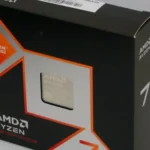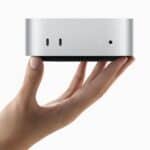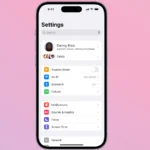Qi certification is a standard for wireless charging devices. Qi-certified chargers and devices are tested for safety, effectiveness, and compatibility by the Wireless Power Consortium. This certification ensures that your phone or other gadgets can charge safely and efficiently.
When you buy a Qi-certified charger, you can trust it to work well with your Qi-compatible devices. These chargers must meet strict rules for power output and safety features. They also need to pass tests for things like heat control and foreign object detection.
You can spot a Qi-certified charger by looking for the Qi logo on the product or its packaging. This logo means the charger has passed all the required tests. It’s a good idea to choose Qi-certified products to avoid potential issues with cheap, uncertified chargers.
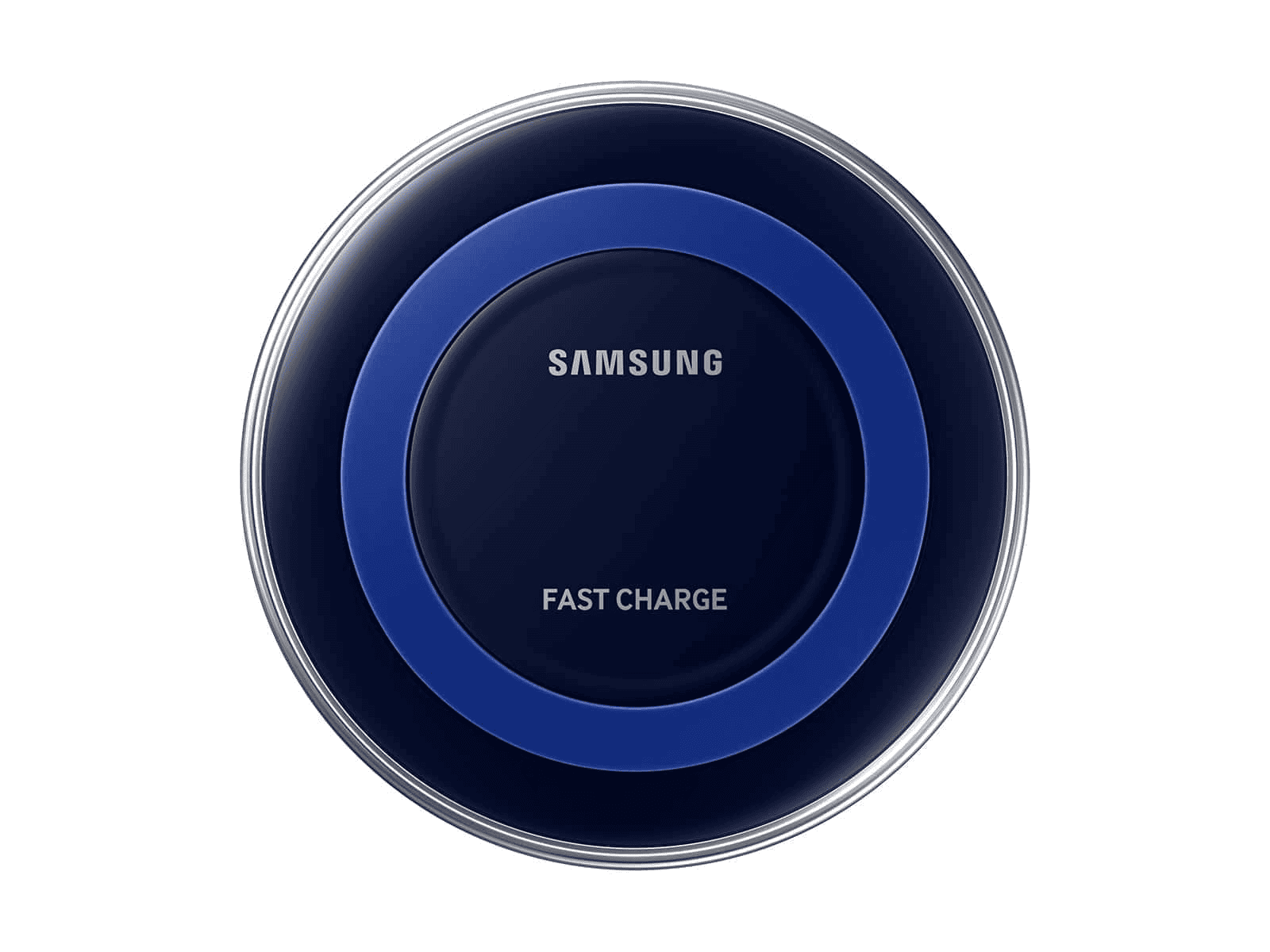
Understanding Qi Certification
What is Qi?

Qi (pronounced “chee”) is the global standard for wireless charging. It’s a technology that allows you to charge your smartphone, smartwatch, or other compatible devices by simply placing them on a charging pad, without the need for cables.
What Does Qi-Certified Mean?
Qi certification ensures that a wireless charger or device meets the rigorous standards set by the Wireless Power Consortium (WPC). This means that a Qi-certified product:
- Is safe: It has undergone thorough testing to ensure it doesn’t overheat or pose any safety risks.
- Is reliable: It delivers a consistent and efficient charging experience.
- Is compatible: It works seamlessly with any other Qi-certified device, regardless of brand.
Benefits of Qi Certification:
| Benefit | Description |
|---|---|
| Interoperability | You can use any Qi-certified charger with any Qi-certified device. |
| Safety | Qi-certified chargers meet strict safety standards to prevent damage to your devices. |
| Reliability | Qi-certified products are tested to ensure they provide a consistent and efficient charging experience. |
| Ease of Use | Simply place your device on the charging pad; no need to fumble with cables. |
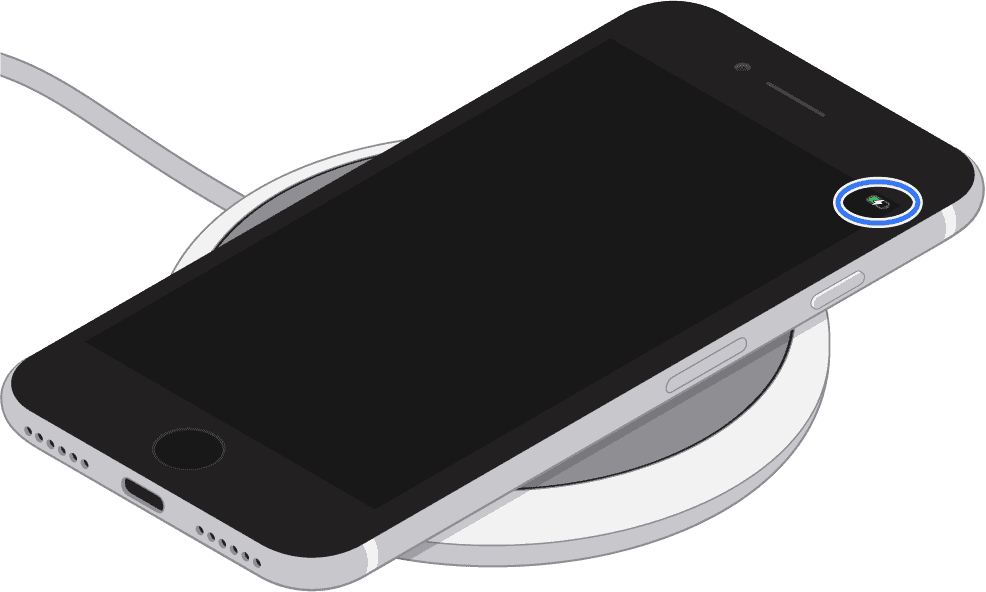
Qi Standards Overview
| Standard | Release Date | Key Features |
|---|---|---|
| Qi v1.0 | 2008 | Initial release, basic wireless charging functionality |
| Qi v1.1 | 2010 | Improved efficiency and compatibility |
| Qi v1.2 | 2014 | Support for higher power charging (up to 15W) |
| Qi2 | 2023 | Based on Apple’s MagSafe technology, magnetic alignment for improved efficiency |
Top Qi2 Charger Options
It’s still early days for Qi2, but here are some of the top contenders emerging in the market:
| Charger | Brand | Key Features | Price (USD) |
|---|---|---|---|
| Belkin BoostCharge Pro 3-in-1 Wireless Charger with MagSafe | Belkin | Charges iPhone, Apple Watch, and AirPods simultaneously | $149.99 |
| Anker MagGo Magnetic Wireless Charger (Pad) | Anker | Affordable and compact, strong magnetic hold | $49.99 |
| Mophie Snap+ 3-in-1 MagSafe Charger | Mophie | Versatile stand design, charges multiple devices | $149.99 |
| Satechi 2-in-1 Foldable Magnetic Wireless Charger | Satechi | Foldable and portable, charges iPhone and AirPods | $79.99 |
| UGREEN MagFlow Qi2 Magnetic Foldable Charging Station | UGREEN | Affordable option with foldable design | $49.99 |
| ESR HaloLock Shift 3-in-1 Wireless Charger with CryoBoost | ESR | Cooling fan for faster charging, stand design | $129.99 |
Note: Prices may vary depending on retailer and availability.
Choosing the Right Qi2 Charger
When choosing a Qi2 charger, consider the following factors:
- Compatibility: Ensure the charger is compatible with your devices.
- Power output: Look for a charger that offers the desired charging speed for your devices.
- Design: Choose a design that fits your needs and preferences (pad, stand, etc.).
- Features: Some chargers offer additional features like multiple charging coils or cooling fans.
- Price: Compare prices and features to find the best value for your needs.
How to Identify Qi-Certified Products
Look for the Qi logo on the product packaging or the device itself. You can also check the Wireless Power Consortium’s website for a list of Qi-certified products.
Key Takeaways
- Qi certification guarantees safety and compatibility for wireless charging
- Certified chargers display the Qi logo on the product or packaging
- Choosing Qi-certified products helps avoid issues with cheap, uncertified chargers
Understanding Qi Certification
Qi certification ensures safe and compatible wireless charging for devices. It sets standards for power transfer and device communication.
The Qi Standard and Wireless Power Consortium
The Wireless Power Consortium (WPC) created the Qi standard. This group includes over 500 companies. They work together to make wireless charging better.
Qi uses magnetic induction to charge devices. It works by creating a magnetic field between the charger and device. This field transfers power without wires.
The Qi standard covers power levels up to 15 watts for phones. Higher power levels exist for other devices.
How Qi Certification Ensures Compatibility
Qi certification makes sure devices work together. Any Qi-certified charger can power any Qi-certified device.
To get certified, products must pass tests. These tests check:
- Power output
- Efficiency
- Communication between charger and device
Certified products get the Qi logo. This logo helps buyers know the product will work with other Qi devices.
Safety and Security Protocols
Safety is a key part of Qi certification. The WPC has strict rules to protect users and devices.
Qi chargers have built-in safety features:
- Overheating protection
- Foreign object detection
- Power control
These features stop charging if something goes wrong. They help prevent damage to devices and reduce fire risks.
Qi also includes security measures. It uses encryption to protect data shared between devices during charging.
Benefits of Qi Wireless Charging
Qi wireless charging offers ease of use and broad compatibility across devices. It simplifies powering up electronics and reduces cable clutter.
Convenience and Clutter Reduction
Qi charging pads make powering devices simple. Just place a phone on the pad to start charging. No need to plug in cables or hunt for the right cord. This saves time and hassle.
Wireless chargers cut down on cable mess. One pad can charge multiple devices. This keeps desks and nightstands tidy. Many furniture makers now build Qi chargers into tables and lamps.
Qi pads work well in public spaces too. Cafes, airports, and hotels often offer built-in charging spots. This lets people top up their battery easily while out and about.
Integration with Consumer Electronics
Most new smartphones support Qi charging. Popular brands like Apple, Samsung, and Google use this standard. Many smartwatches and earbuds also work with Qi pads.
Qi tech fits into many items beyond phones. Some kitchen appliances use it to power small gadgets. Car makers put Qi pads in center consoles and dashboards. This lets drivers charge phones safely while on the road.
As more devices add Qi support, its usefulness grows. One charger can now power phones, watches, and other gear. This makes Qi very practical for daily use.
Future of Qi in Various Applications
Qi charging keeps improving. Newer versions charge faster and work over longer distances. This opens up more ways to use the tech.
In the future, Qi might power laptops and tablets. It could charge devices through furniture or car seats. Some predict Qi will charge devices anywhere in a room, without needing pads.
As batteries get better, Qi could replace plugs in many gadgets. This may lead to fully wireless homes and offices. Qi tech keeps growing to meet new power needs.
Qi Charging and Device Compatibility
Qi charging works across many phone brands and models. This system has changed how phones are made and charged.
How Qi Charging Works with Various Brands
Qi charging uses a magnetic field to transfer power. A transmitter in the charger creates this field. The phone has a receiver that takes in this power. This works for many brands like Apple, Samsung, LG, and more.
Apple joined Qi with the iPhone 8 and X. Samsung has used it since the Galaxy S6. Other brands like Huawei, Xiaomi, and HTC also use Qi. This means one charger can work for many different phones.
The Qi standard sets rules for how devices charge. This helps make sure all Qi phones and chargers work together. It doesn’t matter if you have an iPhone or an Android phone.
Impact on Smartphone and Accessory Design
Qi charging has changed how phones are made. Phones now need space for the charging coil. This coil is usually put near the back of the phone.
Phone makers have to think about the coil when designing cases. The case can’t be too thick or it might block the charge. Some cases are made to work with Qi charging.
Accessory makers now make Qi chargers too. You can find Qi chargers from brands like Anker. There are also Qi charging pads built into furniture and cars.
Ensuring Your Device Is Qi Compatible
To check if your phone works with Qi, look at its specs. Most new smartphones use Qi. iPhones from the 8 and up all work with Qi.
For Android phones, check the manual or the maker’s website. You can also look for the Qi logo on the box or in the settings.
If your phone isn’t Qi compatible, you might be able to add it. Some phones can use a special case or adapter to get Qi charging. But built-in Qi is usually better.
FAQs
Is Qi certification mandatory?
No, Qi certification is not mandatory. However, it’s highly recommended to choose Qi-certified products to ensure safety, compatibility, and reliability.
What is the difference between “Qi-certified” and “Qi-compatible”?
“Qi-certified” means the product has passed rigorous testing and meets the WPC’s standards. “Qi-compatible” may suggest the product works with Qi chargers but hasn’t undergone official certification, so it may not be as safe or reliable.
What is the latest version of Qi?
The latest version of the Qi standard is Qi2, released in 2023. Qi2 is based on Apple’s MagSafe technology and features a magnetic connection for improved alignment and efficiency.


